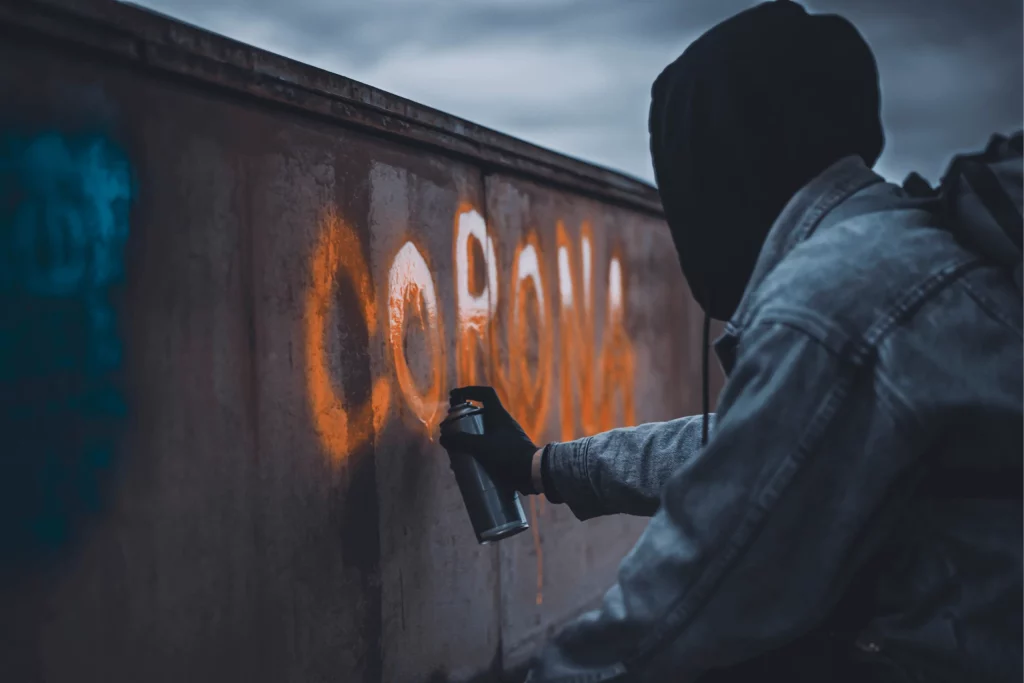Vandalism is a persistent issue that affects communities worldwide, causing damage to public and private property, diminishing the overall quality of life, and straining local resources. However, by implementing proactive strategies and fostering a sense of community responsibility, we can work towards reducing vandalism and creating safer, more pleasant environments for everyone.
Below are some strategies that communities can adopt in order to reduce (and hopefully prevent) property damage.
Before diving into these preventive measures, it’s crucial to understand the motivations behind vandalism. Vandalism often stems from a combination of factors, including boredom, frustration, social issues, and a lack of a sense of ownership or pride in one’s community. By addressing these root causes, communities can begin to tackle the problem at its source.
Community Engagement
One of the most effective ways to reduce vandalism is by fostering a sense of community pride and ownership. Encourage residents to take an active role in their neighborhoods by organizing community events, clean-up initiatives, and beautification projects. When people feel a connection to their surroundings, they are more likely to protect and preserve them.
Education Programs
Implementing educational programs focused on the consequences of vandalism can be instrumental in reducing incidents. Schools, community centers, and local organizations can collaborate to educate individuals (especially young people) about the negative impact of vandalism on the community and its residents. Awareness campaigns can help instill a sense of responsibility and empathy, therefore discouraging destructive behavior.
Improved Lighting and Surveillance
Dark and poorly lit areas often become hotspots for vandalism. By improving street lighting and implementing surveillance systems in key locations, communities can create a deterrent effect. Well-lit spaces not only discourage potential vandals but also enhance overall safety, making neighborhoods more inviting for residents and less appealing to vandals seeking anonymity.
Community Policing
Engaging local law enforcement in community policing initiatives fosters positive relationships between officers and residents. When police officers are visible and approachable, they become integral parts of the community. This not only deters criminal activity but also creates an environment where residents are more likely to report suspicious behavior, aiding in the prevention of vandalism.
Youth Engagement and Recreation
Providing constructive outlets for the energy and creativity of young people can significantly reduce vandalism. Investing in community centers, sports facilities, and recreational spaces creates alternatives to destructive behavior. By offering engaging activities and opportunities for personal growth, communities can channel the potential for vandalism into positive contributions.
Legal Consequences
Clearly communicating the legal consequences of vandalism can act as a strong deterrent. Local authorities should actively prosecute vandals and publicize the outcomes of such cases to send a message that destructive behavior will not be tolerated. Strict enforcement of penalties reinforces the importance of respecting public and private property.
Reducing vandalism requires a multifaceted approach that addresses the root causes while simultaneously implementing practical and visible strategies. Through community engagement, education, improved infrastructure, and legal consequences, we can work towards creating environments where individuals take pride in their surroundings, fostering a sense of responsibility that contributes to the overall well-being of our communities. Together, we can build a future where vandalism is no longer a pervasive issue, and our neighborhoods thrive as safe, welcoming spaces for everyone.
Read More: Boosting Your Online Sales: Unleash the Power of Ecommerce SEO Experts
